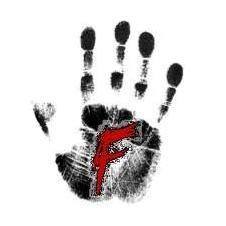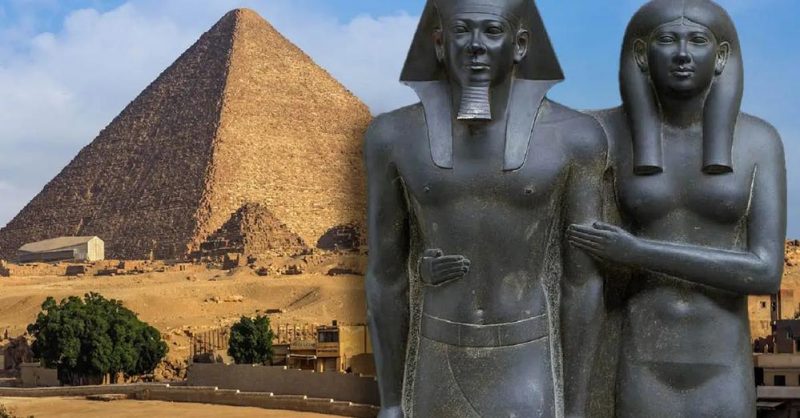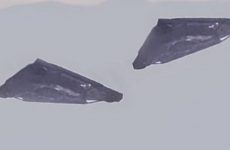The unknown pyramid that was unearthed in the Giza necropolis belonged to an ancient pharaoh, whose identity remains veiled after millennia of history.
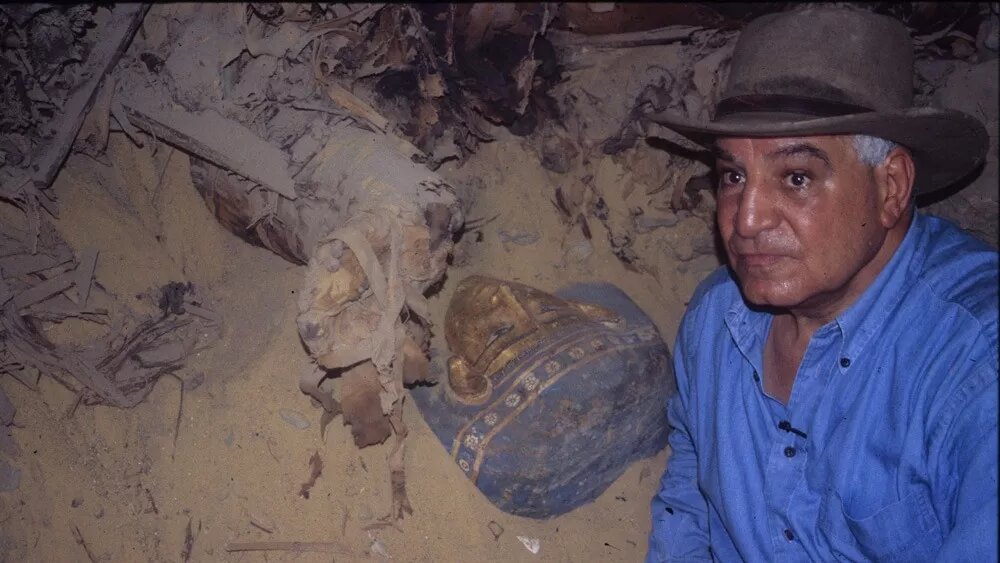
100 years after the discovery of Tutankhamun’s tomb, the Giza Necropolis remains a fertile ground for archaeological finds .
Recently, a team of researchers from the Egyptian Ministry of Antiquities reported the discovery of hundreds of mummies, buried inside a previously unknown pyramid .
Led by emeritus archaeologist Zahi Hawass, the research team exhumed the mummified remains of at least 300 people.
It is assumed that they were part of the service body of a pharaoh of which there was no record until now, formerly buried near the tomb of Tutankhamun. This is what we know.
300 mummies and a network of interconnected wells
In addition to the 300 mummies unearthed in the unknown pyramid, archaeologists found a cache of coffins and artifacts, as well as a series of interconnecting tunnels .
These finds are the result of two years of excavations at the Saqqara site, some 32 kilometers from Cairo.
Until now, some of the coffins are known to have belonged to distinguished generals, who were close advisers to Tutankhamen . Surely, they accompanied him from the time he ascended the throne until his early death, at the age of 19.
In addition to these remains, the researchers found an ancient burial shrine in honor of Teti, the first king of the 6th Dynasty:
“TETI WAS WORSHIPED AS A GOD IN THE NEW KINGDOM PERIOD, SO PEOPLE WANTED TO BE BURIED NEAR HIM,” ZAHI HAWASS TOLD LIVE SCIENCE IN AN EMAIL.
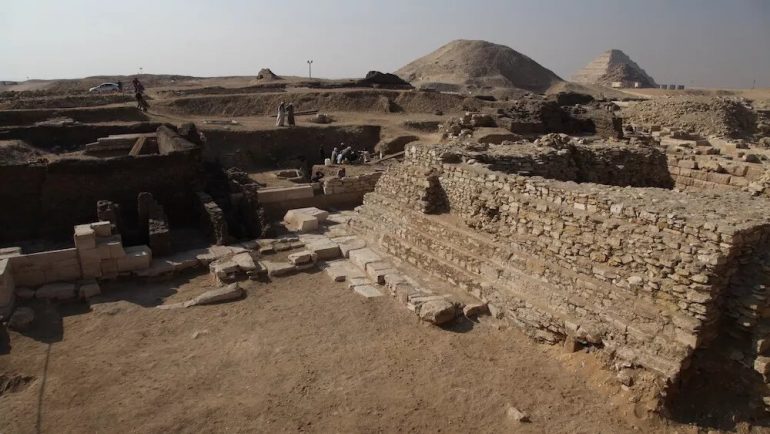
The most impressive thing, highlights the archaeologist and former Minister of Antiquities, is that most of the burials belonged to the Old Kingdom or the Late Period . In the 22 wells found —up to 18 meters deep—, tombs from the New Kingdom were found, which corresponds to the reign of Tutankhamun.
To whom was the unknown pyramid dedicated?
According to Hawass, the mummies found inside are clearly differentiated between male and female, with detailed scenes from his personal Book of the Dead .
Not only that: each sarcophagus has the name of the person who died, as well as offerings to the 4 sons of Horus, the god of heaven.
In Egyptian mythology, the sons of Horus were in charge of watching over the organic remains of people . Once the mummification process was over, the organs were deposited in specific containers to preserve the body as much as possible .
Even despite the passage of time, looting and the environment, the mummies are impressively well preserved, says Hawass:
“THIS SHOWS THAT MUMMIFICATION REACHED ITS MAXIMUM POINT IN THE NEW KINGDOM,” EXPLAINS THE SPECIALIST. “SOME COFFINS HAVE TWO LIDS, AND THE MOST AMAZING COFFIN EVER HAS A WOMAN’S MASK MADE ENTIRELY OF SOLID GOLD.”
With all of the above, the researchers also found the name of the pharaoh for whom the unknown pyramid was erected. From analyzes of the enclosure, they determined that the structure was built for Queen Neith .
It had never been recorded before, Hawass emphasizes, so it could ” literally rewrite what we know of history.”
